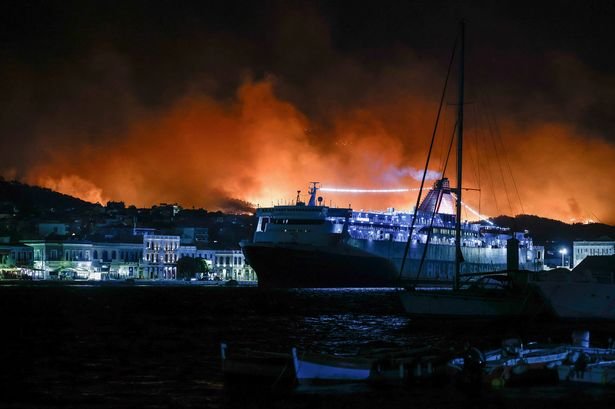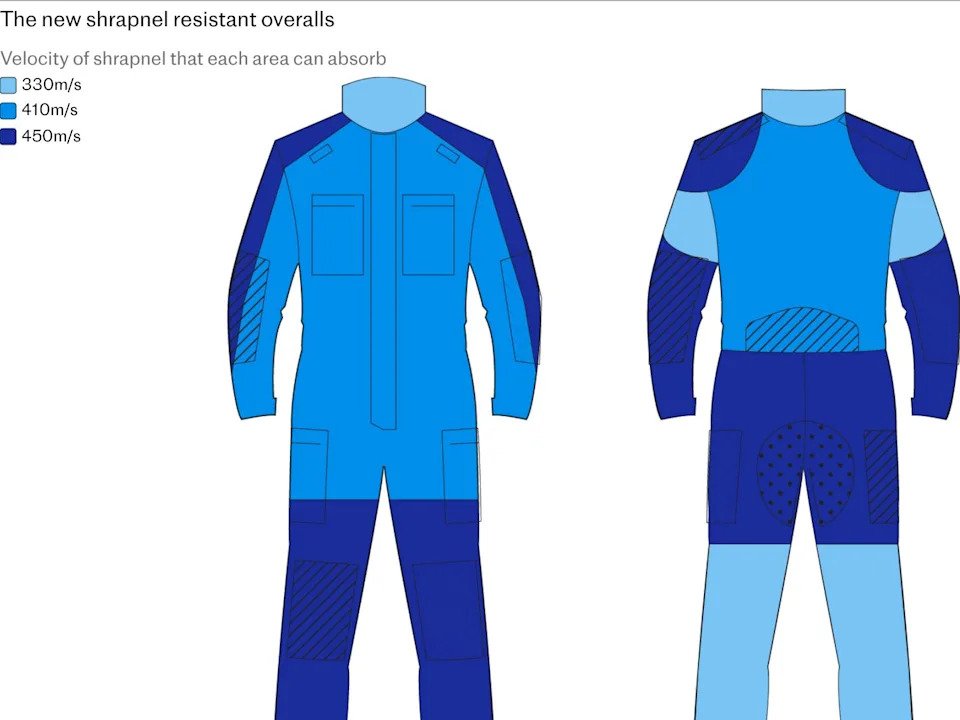SUMY, Ukraine—Russian forces are just 12 miles from this northern Ukrainian regional capital, a new target for Moscow, as the Kremlin presses its manpower advantage at a growing number of places along the front.

Having almost entirely ejected Ukrainian forces from the Russian Kursk region earlier this year, Russian forces have now poured over the border in the opposite direction toward Sumy. With 50,000 troops in the area, they outnumber the Ukrainians roughly 3-to-1, according to soldiers fighting there.
“Their main strategy,” Gen. Oleksandr Syrskiy, Ukraine’s top military commander, said of the Russians, is to “wear us down with their numbers.”
The Russian advance toward Sumy comes as President Trump has begun voicing growing frustration with the Kremlin’s unwillingness to broker a cease-fire. Though meetings between Ukrainian and Russian officials have continued in Turkey throughout recent weeks, Moscow has stepped up its missile and drone attacks on Ukrainian cities during that same period. Overnight on Sunday, Ukraine lost an F-16 jet fighter and its pilot during an aerial bombardment, the largest since the start of the war in terms of numbers of munitions launched.
Over the past year, the front line has grown by more than 100 miles, Syrskiy said, and now stretches more than 750 miles in an arc from the northeast to the south. The Russians have been probing in different spots across the line, and then pushing hard when they find one that gives, as they did in Sumy last month. That leaves Ukrainian commanders playing whack-a-mole, sending in elite units to help plug gaps.
Earlier this month, Ukraine sent elite commando units from its military intelligence directorate, known as HUR, to help stabilize the situation. Since then, the Russian advances in Sumy have been largely stopped, and Ukraine has clawed back some territory.
“Now we’re looking for ways to conduct our own assaults and push the enemy back,” said Timur, commander of the Timur Special Forces Unit, an elite unit of HUR that has been fighting in the region for several weeks.
It isn’t an easy task for Ukrainian forces, which are outnumbered nearly everywhere across the front.
“Their numbers are a big problem for us, though not enough to overrun us,” said Kappa, commander of the Chimera unit of the Timur Special Forces Unit. “The enemy is losing 300 to 400 people per day across the region. But they can deal with that level of casualties…They keep bringing in reserves.”
Earlier this month, a team of about a dozen men from the Timur Special Forces Unit set out for an assault on a Russian-held village north of Sumy. But as they reached a trench in a tree line about halfway to the village, they ran into a Russian assault team coming from the other direction.
For the next seven hours, they found themselves pinned in the trench as the Russians, who significantly outnumbered them, tried to surround them.
“It was the cruelest fight I’ve ever been in,” said Mark, the Ukrainian team’s 25-year-old platoon commander. “They were attacking with infantry, drones, grenade launchers, machine guns, artillery, cluster munitions. Everything…We never had more than a five-minute break while they were regrouping.”
Mark said his team killed five Russians during the fight, which would often prompt a platoon to retreat, but he said the Russian troops were better trained than others he has come up against. They kept pushing forward to take the trench.
Videos of the fight from the soldiers’ helmet cameras, which were viewed by The Wall Street Journal, show a near-constant barrage, with gunfire sounding like corn popping. Mark calls in mortar strikes and frequently presses himself against the edge of the trench as he hears the whistle of artillery approaching. The team’s machine-gunner fired 5,500 rounds during the fight.
Eventually, they decided to pull back, climbing back through the branches and shrubs while mortars and attack drones hit around them. The entire team made it back, though three sustained nonfatal gunshot wounds. The whole team suffered concussions.
“I’m really glad we got everyone out alive,” Mark said. “We were in a really tough situation.”
Still, soldiers in the area say that holding Sumy is coming at a greater human cost than necessary.
During the half-year that Ukraine held territory in Russia’s Kursk region, soldiers who fought there said they assumed the military would be preparing strong defensive positions on the Ukrainian side of the border. Instead, after a chaotic and costly retreat from Kursk, they found outdated trenches, with no overhead cover from drones. The soldiers are now digging their own positions under drone fire in some cases.
They also complained that areas that the Russians are now advancing across weren’t mined.
“It’s like they prepared for tank columns, not a battlefield where dozens of drones strike daily,” said one infantry commander named Kyrylo, who fought in Kursk and is now fighting in Sumy. “Every single day a position isn’t ready is a day someone might not come back.”
Asked about fortifications last week, Defense Minister Rustem Umerov said that the defensive lines in Sumy were being improved in threatened areas.
“Fortification is not just about concrete and trenches—it is an adaptive engineering system that takes the enemy’s tactics into account and always serves one purpose: protecting our warriors.”
Write to Ian Lovett at ian.lovett@wsj.com








